Art Meets Justice and Sparks Fly
See the unique stylings of Paige and Bruce Harvey.
After 37 years with the Atlanta Journal-Constitution and now with the AJT, , Jaffe’s focus is lifestyle, art, dining, fashion, and community events with emphasis on Jewish movers and shakers.
Envision relics from The Gold Club, Perry Mason novels, and MLK mementoes alongside ephemeral oil paintings reflecting nature and faraway travel. This contradiction exists at high-profile criminal defense attorney Bruce Harvey’s downtown office building, a stone’s throw from wife Paige’s brick-walled, warehouse-style art gallery.
Paige’s 4,000-square-foot studio and Bruce’s office are Manhattan Soho-like structures replete with her flowing abstracts of galloping animals and 12-foot-high ceilings backdropping rescue pup Rocky.
Paige recalls, “A series I painted after traveling around Ethiopia reflects my memories of a country washed by rivers, waterfalls, grain and rain, and streams of orthodox pilgrims draped in white and gathered in the underground stone churches of Lalibela.”
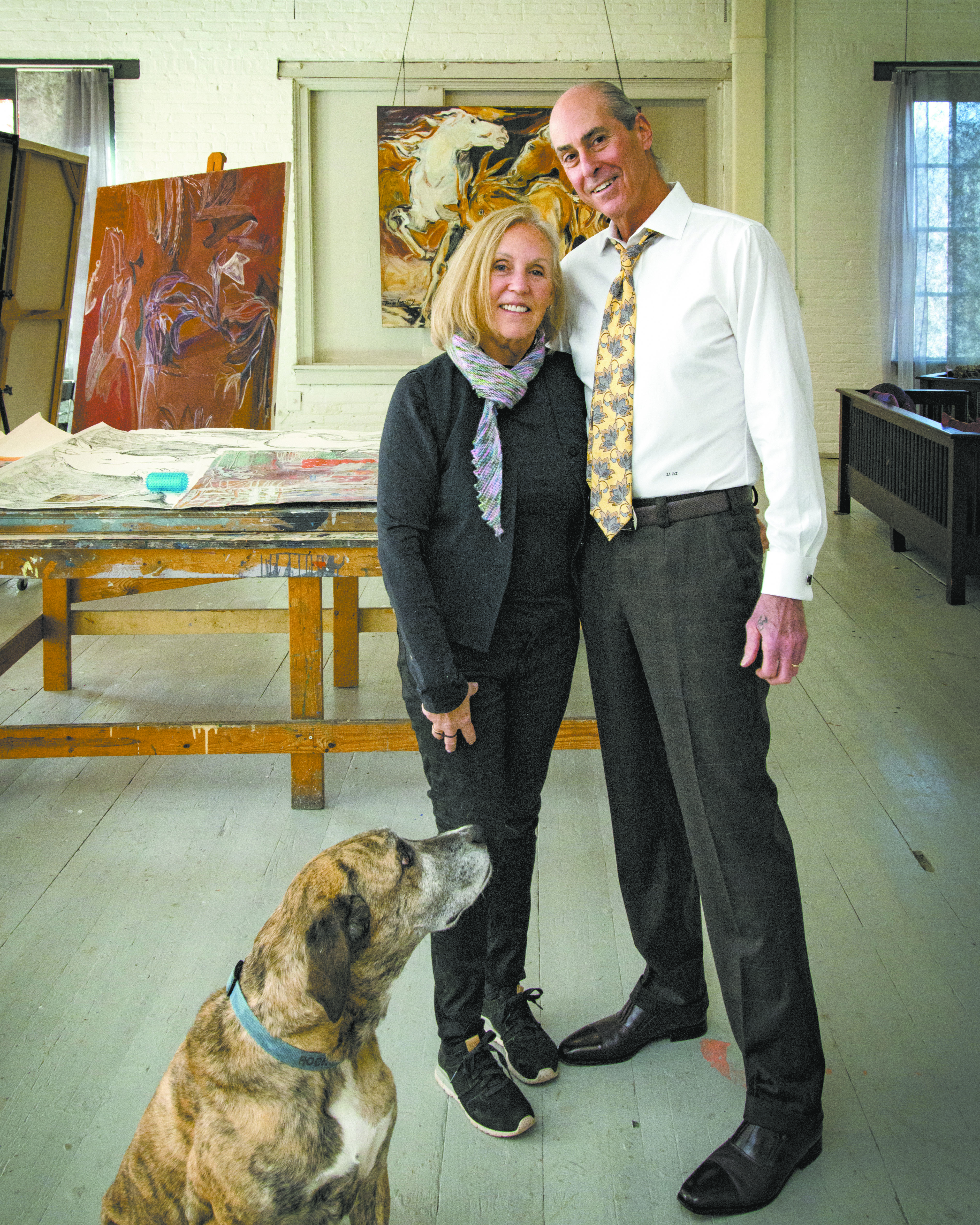
Bruce’s multilayered 1920s office building lies across from the downtown Skyview Ferris wheel near Centennial Park and displays Paige’s interpretation of an electric chair. Can’t get any more explicit than that! Fortunately, none of Bruce’s clients have ended up in that type of chair. With his trademark ponytail and Mezlan shoes, Harvey’s trials are fodder for newspaper cover stories.
Listen in on this couple who likes to switch things up.
Marcia: You come off as being a bad ass dude with tatts and the notorious hair braid.
Bruce: Actually, I had a traditional Jewish background growing up in Worcester, Mass. We headed South when my father joined the faculty of the University of Georgia business school, which I attended. After an MBA, I headed to UGA law school.
As to my appearance, I work out to stay in shape. I joke that “if I cut my hair, my brains would fall out.” My tattoos are mostly dragons and my shirts are monogrammed with an old jailhouse symbol 13 ½ : one judge, one jury – and half a chance.
My dad advised me to always do the right thing and to remember “what goes around comes around.” But I had zero head for business; however, the Jewish ideals of study, reasonableness and rationality have served me well.
Marcia: What’s with The Gold Club jacket?
Bruce: No one I represented in that case went to jail. That’s my artform – a commitment to justice. I think that defendants’ rights are paramount in my profession. This leads to frequent weekends visiting clients in jail.
Marcia: Paige, where did you meet this jurisprudent rogue?
Paige: I was an art teacher in Tallulah Falls, where Bruce visited to play in a rugby tournament.
We spend our time now between Atlanta and our internet-free beach cottage in Oregon. During trips to remote destinations like Indonesia, Rwanda or Democratic Republic of Congo, our cells phones were used for photos only.
Living with someone structured like Bruce is a challenge, as I am prone to pop off to birdwatch or find a subject to paint. Bruce is one few people in the world I cannot teach to draw. His creativity is in the world of legal defense, which has defined his career.
Marcia: Some of your paintings sell for five figures. Describe your art.
Paige: I paint mostly with oil on canvas. My subjects are grounded in nature and reflect growing up in the country, riding horses and living on a farm. It has also been influenced by art history, travel and observing nature, as well as teaching drawing and painting. Subjects for a series might include weeks in Nepal; trekking, observing such sights as the intricate carvings of Bhaktapur, houses with bamboo walls, or women dressed in patterned saris with elaborate gold ornaments working the rice terraces.
Marcia: What are your methods?
Paige: I invariably have three or four works in progress. I use a broad palette in every work.
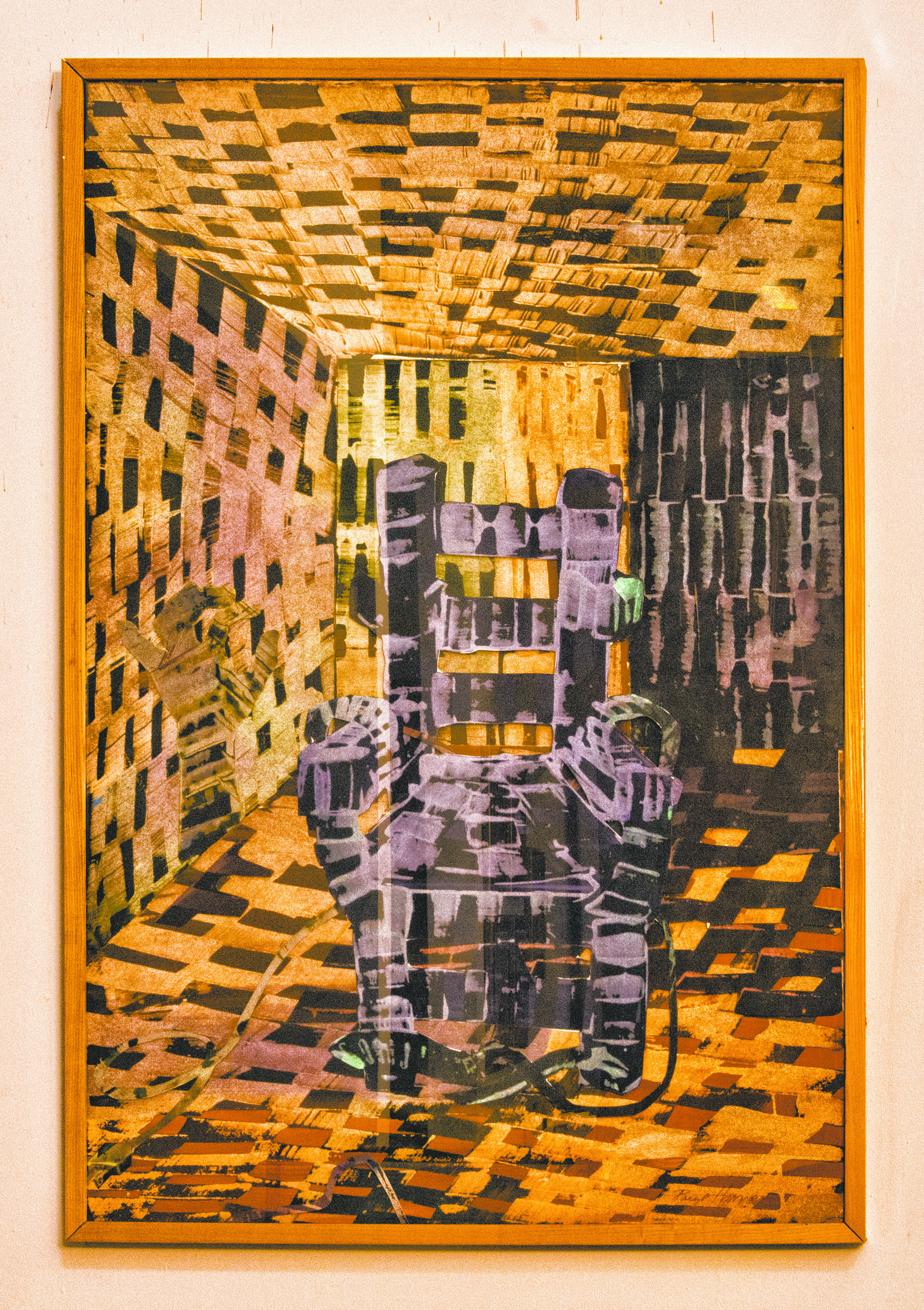
I may sketch before painting, but the results are rarely a direct response to that, meaning I go off script. Once a dealer informed me that a client specifically rejected orange and green in a large commissioned work. Naturally, I returned to the studio and painted half the 7-foot-wide canvas orange and the other half green. All the other integrated layers grew from that vibrant base. The client was pleased and never realized the base colors.
I wrote my MFA thesis about Antoni Gaudi’s Guell Colony chapel, whose organic forms remain important to me.
Though my studio is downtown, I treasure the sights and sounds of an urban forest. Our house has the longest residential border of Fernbank Forest; we are frequently serenaded by owls, pileated woodpeckers and songbirds including the Eastern Phoebes that raised two broods of chicks in our garage. The nest was in the rafters over Bruce’s new Tesla. He didn’t find it too funny.
Marcia: What other artists do you collect? Role models?
Paige: Which do I collect or which do I wish I could collect?
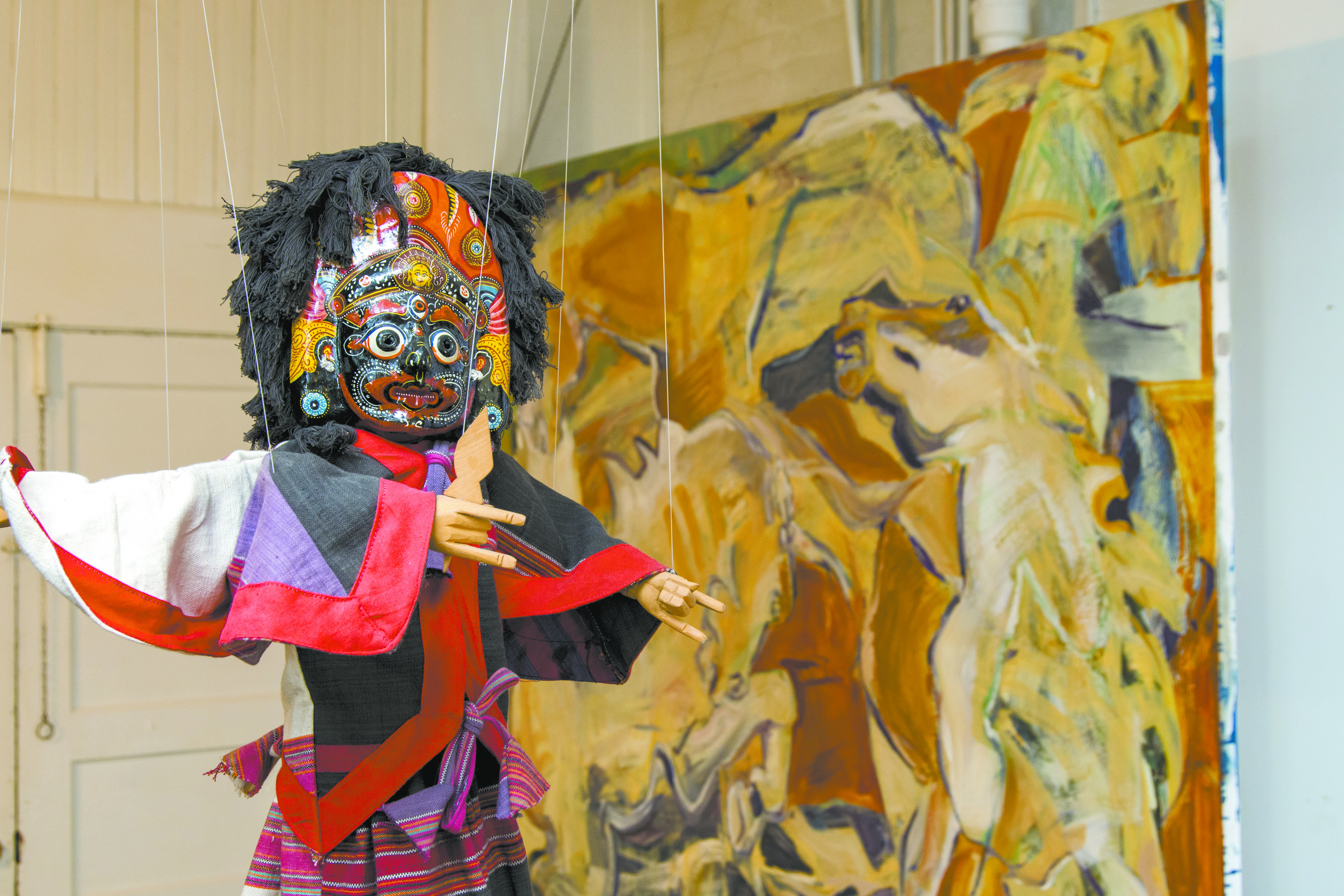
Old favorites include Arshile Gorky, Chaim Soutine, Alice Neel, Lee Krasner, Helen Frankenthaler, Rosa Bonheur, Beverly Buchanan, and Julie Mehretu. Elaine de Kooning was my graduate advisor and held ad hoc salons for us. I considered her a major voice of 20th century painting. Fay Gold was my dealer for years.
Bruce and I collect more sculpture than painting. Our walls fill up with my canvases. Eclecticism is our only theme so our rather random collection ranges from African sculptures to a Robert Clements steel “literary” obelisk featuring quotes from southern writers.
Marcia: Did your parents live to see you as a success?
Bruce: Depends on how you classify “success.” My parents embarrassingly came to my first murder trial. Imagine my chagrin when the judge had to shush my mother for making comments on the witnesses’ performance during the proceedings. They subsequently followed my trials via the Fulton Daily Report and the AJC.
Marcia: Why the Mezlan shoes?
Bruce: Didn’t O.J. Simpson prefer them?



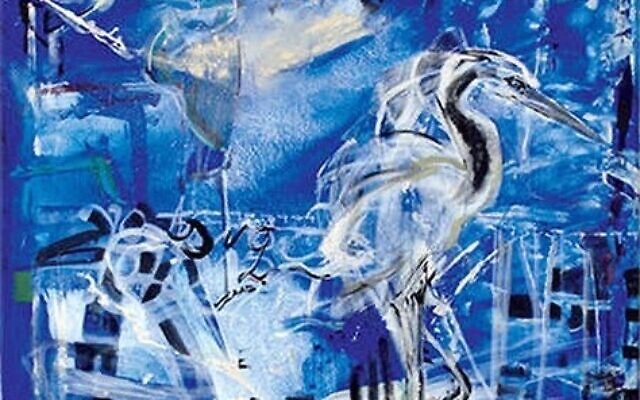

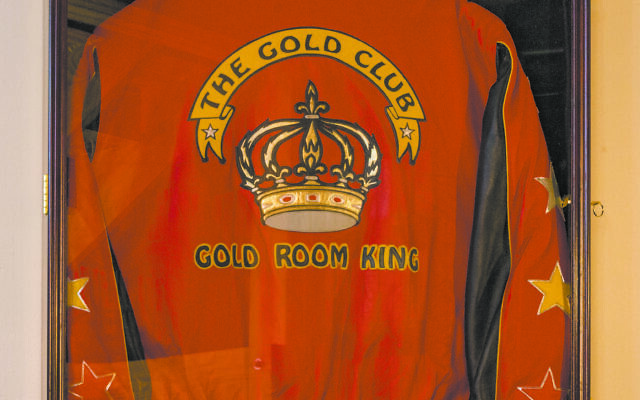
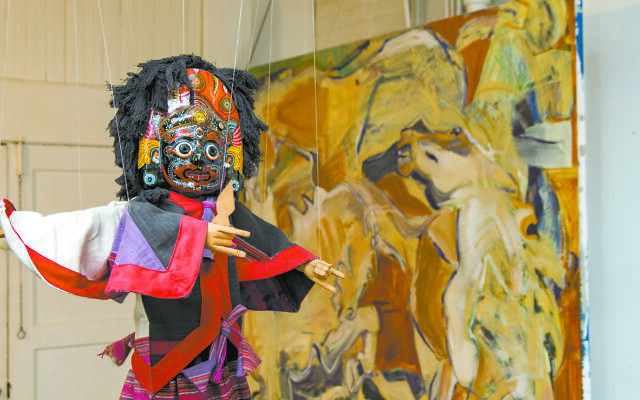
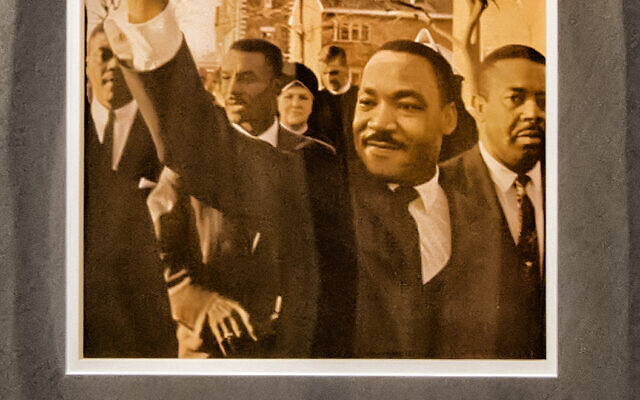
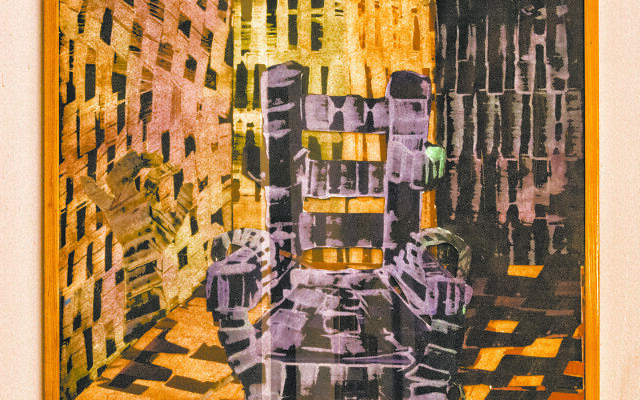
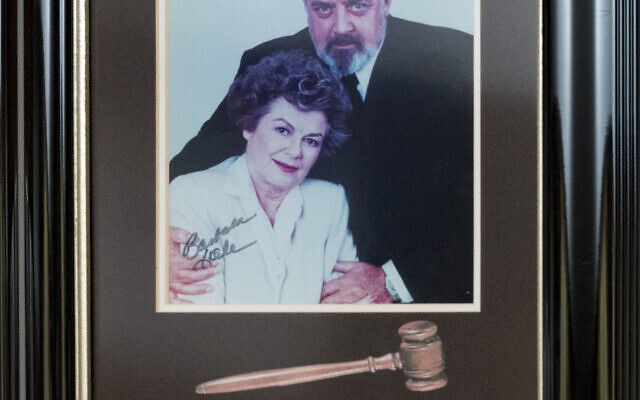
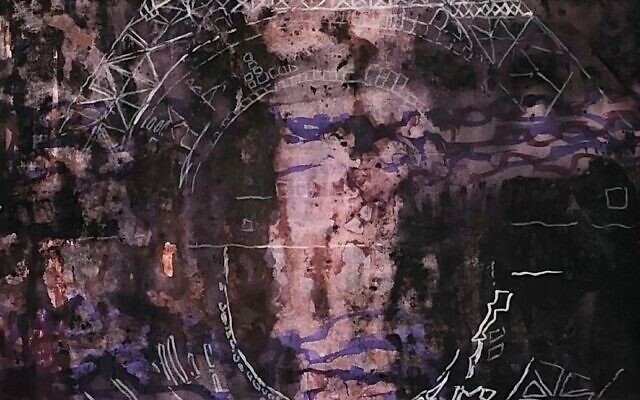
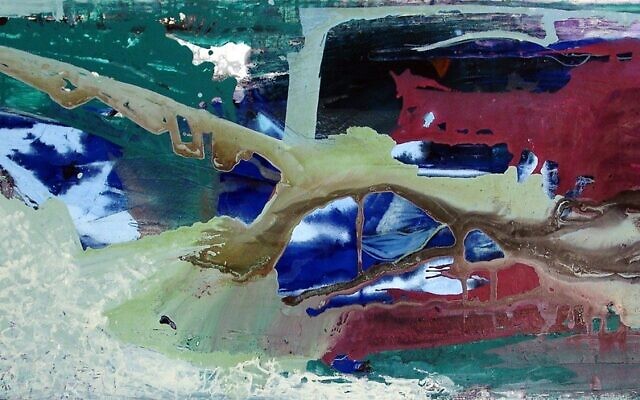
comments